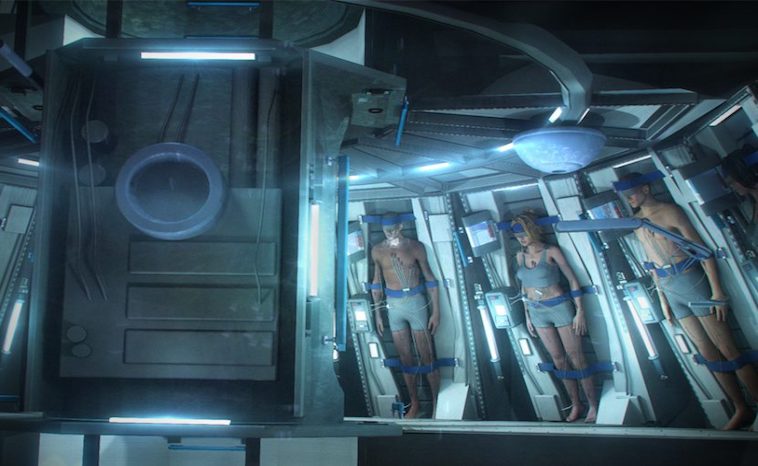Hibernation Chambers

Space trips to other planets would require months of travel. What if the astronauts could sleep for the length of the trip? Read on to learn more about hibernation chambers.
We know that travel to Mars would take approximately six to nine months. During that time astronauts would face extreme mental and physical challenges. The cost to keep them fed and in good health would require large amounts of payload such as food. Maintaining the health of the crew is essential. However, if the crew could hibernate, the problems associated with keeping them comfortable may diminish.
Hibernation Chambers
Hibernation is also known as torpor, or reduced metabolism caused by hypothermia. However, the body does not freeze. In cryogenics, the body does freeze. With a simple 10 degree drop in temperature, the body’s metabolic rate drops by 50 to 70 percent. A company named Spaceworks is working to develop “therapeutic hypothermia.” By keeping the body a little below body temperature (37 C), they can slow down the heart rate and blood pressure. This is similar to animals that go into hibernation. In fact, the medical community has achieved great success working with sick patients. Doctors have applied the treatment for cardiac arrest or traumatic brain injuries. By slowing down the heart rate and blood pressure, it allows doctors time to diagnose better and treat the patient.
By applying this process, unconscious astronauts would not have to remain mentally alert during a long trip. Dormant astronauts would be immobilized in individual hibernation capsules. Consequently, they would not need pressurized living space or artificially generated gravity. The spaceships computer would monitor them, and an intravenous tube would feed them. A unique shield around their capsule could also prevent the damaging effects of radiation. This eliminates the need to shield the entire ship.

Payload Reduction
The ability to control their hibernation is essential. Scientists believe that allowing them to periodically wake up during the trip would be beneficial. Tubes in their nose could allow a warming agent to bring them out of torpor. At this point, the crew member could check the spacecraft for any signs of damage or problems. The torpor state would reduce the number of supplies needed to feed 100 people for months on end. By reducing the food, air, and water requirements they also can reduce the amount of fuel required. Currently, scientists have had success keeping people in stasis for two weeks. Spaceworks hopes to create the technology needed to automate the process and use it for deep space trips.
Impact on The Body
As for the long-term health effects of space travel, Spaceworks is trying to find ways of incorporating exercise into stasis. Currently, the crew members aboard the International Space Station must work out a minimum of two hours a day to prevent loss of bone density. This bone density issue will come up again as a problem when space crews try to live on Mars. By rotating the sleeping chambers, they can create a natural gravity state. The team is looking into using electrical stimulation, which is already used to aid physical therapy.
Aside from keeping them physically comfortable, hibernation could also help manage the psychological impact of long-term space travel. Lowering the risk of anxiety among crew members making such a long trip is essential. One day, this science fiction dream may become reality.
